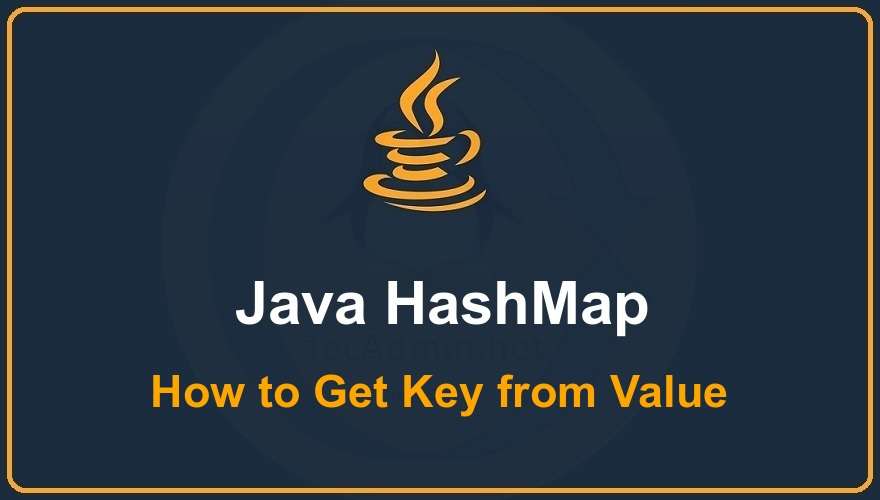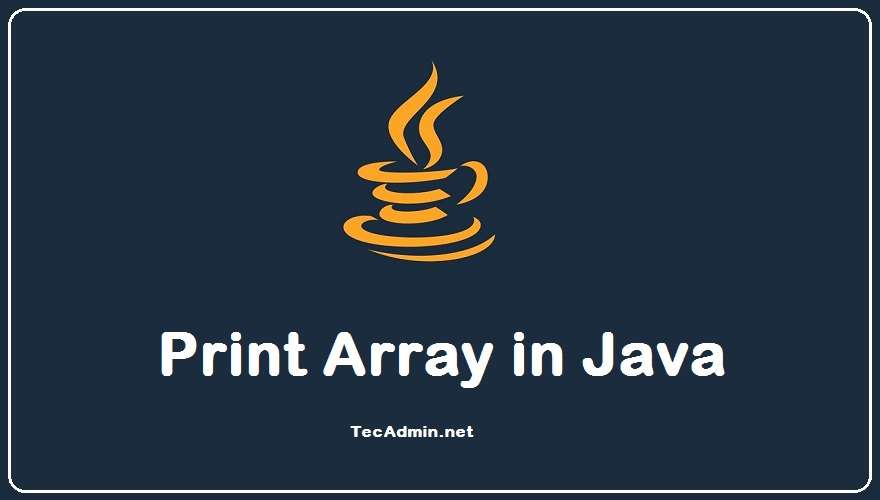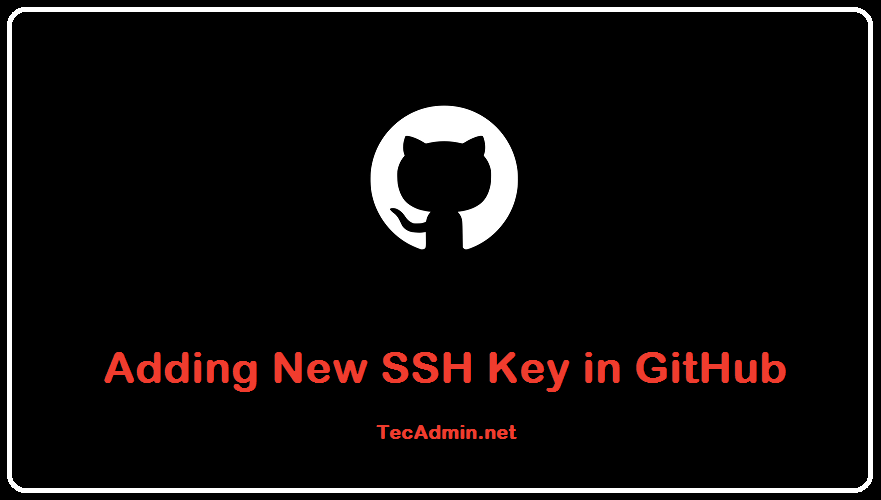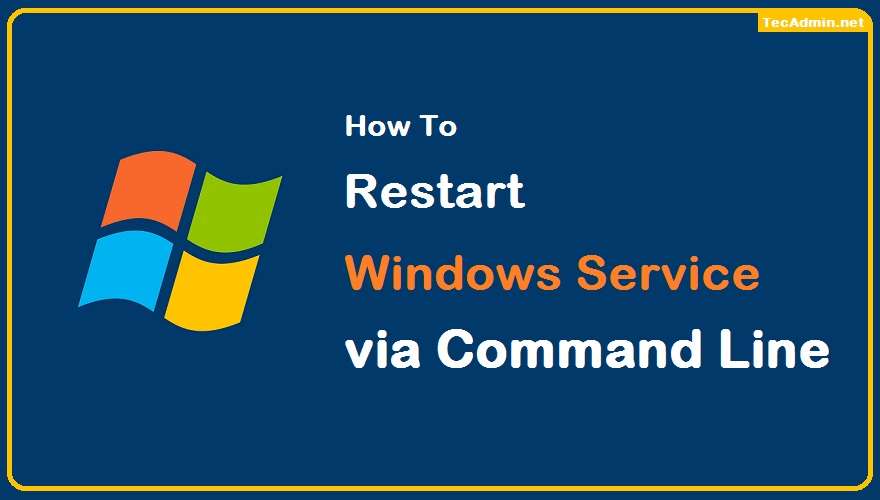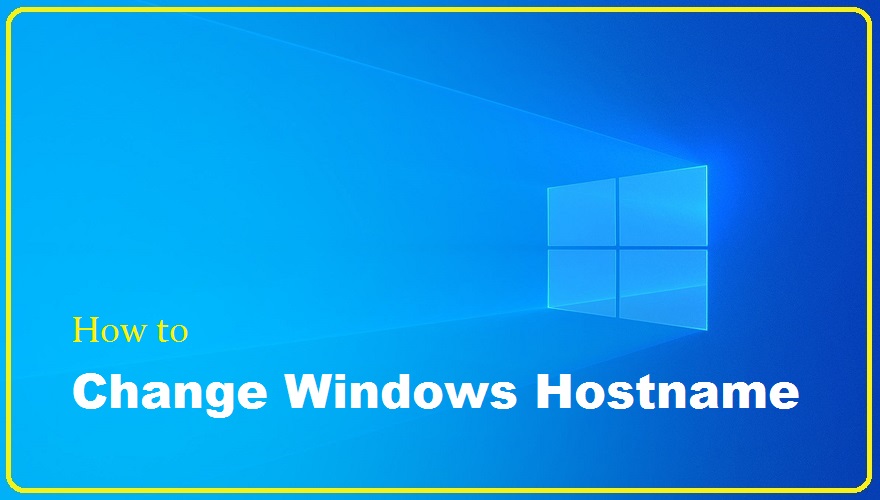Have you ever wondered how websites like WordPress, Drupal, and other content management systems even exist? How can software developers build and maintain such websites without being technical experts in website hosting technologies? The answer is LAMP. LAMP is an acronym for Linux, Apache, MySQL, and PHP. This article describes in detail how to set up LAMP on the Ubuntu server. If you are a website developer or intend to become one, then you’ll find this guide useful. You will learn how to install the LAMP stack on your Ubuntu VPS server and begin developing dynamic websites that can be…
Author: Rahul
Write a Java program to get value from the hashmap corresponding to a key. The HashMap class is available under the java.util package. It is pretty similar to HashTable, but the HashMap is unsynchronized and also allows to stole one null key. In this tutorial, you will learn Java examples to get value from a HashMap based on a defined key. Get Values from Java HashMap The Entry interface provides a number of methods to access key values from a HashMap. The Entry.getValue() method returns the value based on the provided key. Let’s check with an example. Here we initialize…
Write a Java program to get keys from the hashmap using the value. The HashMap class is available under the java.util package. It is pretty similar to HashTable, but the HashMap is unsynchronized and also allows to stole one null key. In this tutorial, you will learn Java examples to get keys from a HashMap based on a defined value. Get Key for a Value in HashMap The Entry interface provides a number of methods to access key values from a HashMap. The Entry.getValue() method returns the value based on the provided key. Here is an example Java program to…
An array is a data structure to store multiple elements of similar data types. Similar to other programming languages Java also supports Arrays. An Array is always stored in a contiguous location on the system memory. Java provides multiple methods of printing an Array basis on the requirements. We can directly access any array of elements with the index number or print the entire Array using Java loops. In this tutorial, you’ll learn different techniques to print the elements of a given array in Java. Arrays.toString() method Arrays.deepToString() method for Loop for-each Loop Arrays.asList() method Let’s discuss the above methods…
GitHub is a popular platform for hosting Git repositories, and it supports accessing repositories over SSH (Secure Shell). In order to access a GitHub repository over SSH, you will need to generate an SSH key pair and add the public key to your GitHub account. Here are the steps for adding a new SSH key to your GitHub account: Prerequisites Before you can add an SSH key to your GitHub account, you will need to do the following: Generate an SSH key pair. This consists of a private key and a public key. The private key is kept on your…
Amazon Web Services’ Simple Storage Service (Amazon S3) is a highly reliable and scalable cloud storage solution. It offers cost-effective storage that’s extensively utilized for data backup and hosting static website content. Leveraging Amazon S3, users can efficiently store and manage vast amounts of data with ease. For those looking to manage their S3 buckets and contents seamlessly, the AWS Command Line Interface (AWS CLI) is an indispensable tool. This guide will teach you how to back up your website to an Amazon S3 bucket using a shell script, enhancing your data management and website maintenance processes. Step 1: Installing…
A Windows service is a background process that runs in the background of your Windows computer. It can run in the system tray, so it can be started and stopped at any time. You can create a Windows service programmatically using the ServiceController object or by using the Windows Services application. A Windows service does not have to start as a result of user action; it can also be started automatically when certain conditions are met, such as when the computer boots, or when an application is launched. We can start/stop/restart any Windows service in two ways. One is to…
Data blocks and inodes are the two elements of a file system in Linux. Once the file is created, you cannot change the number of blocks. Inodes are allocated to files written in Linux filesystems. The filesystem’s database employs these unique Identification numbers to keep track of the files. They handle a file’s information and are critical components of Linux architecture. In this article, we will study inode numbers in detail. What is inode number in Linux In Linux, whenever a new file is created, it is given a file name and an inode number. This number works as the…
GitHub Actions provides a powerful toolset for automating, customizing, and executing your software development workflows right in your repository. It allows you to build, test, and deploy your code directly from GitHub. But what if you’re working with a monorepo, or your workflow lives within a subdirectory of your repository? In this article, we will guide you through the process of running GitHub Actions within subdirectories, ensuring you maximize the potential of your development workflow. What You Will Need To follow this guide, you will need: A GitHub account with access to the repository you wish to work on. A…
A hostname is a unique name for a device in a network, which helps to manage and control the network. It makes it easy to identify and communicate with the device. If you want to change the network settings or manage many devices, changing the hostname on a Windows computer or server is an important step. Before you change the hostname on your Windows computer, make sure to save all your open work and get ready for the computer to restart. This is especially important if you are working on a server, as it will need to restart after the…



